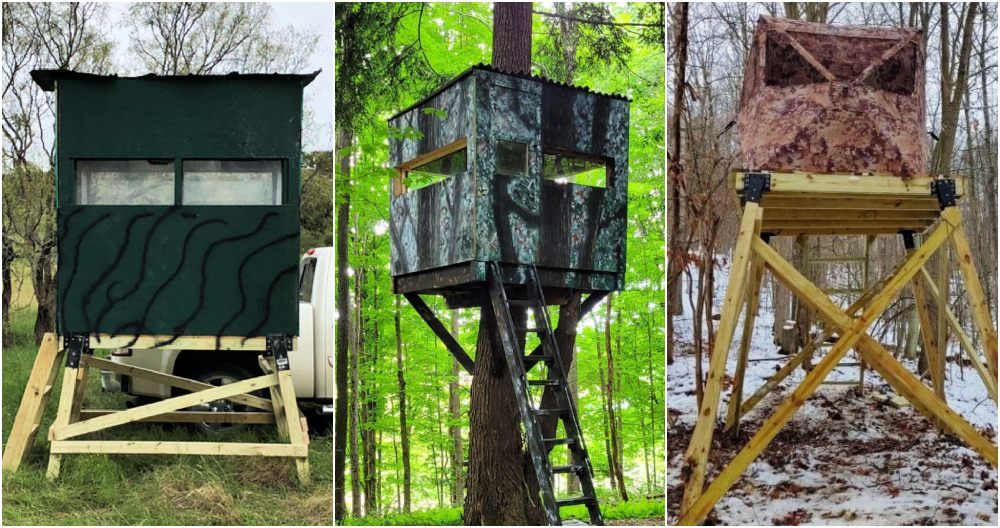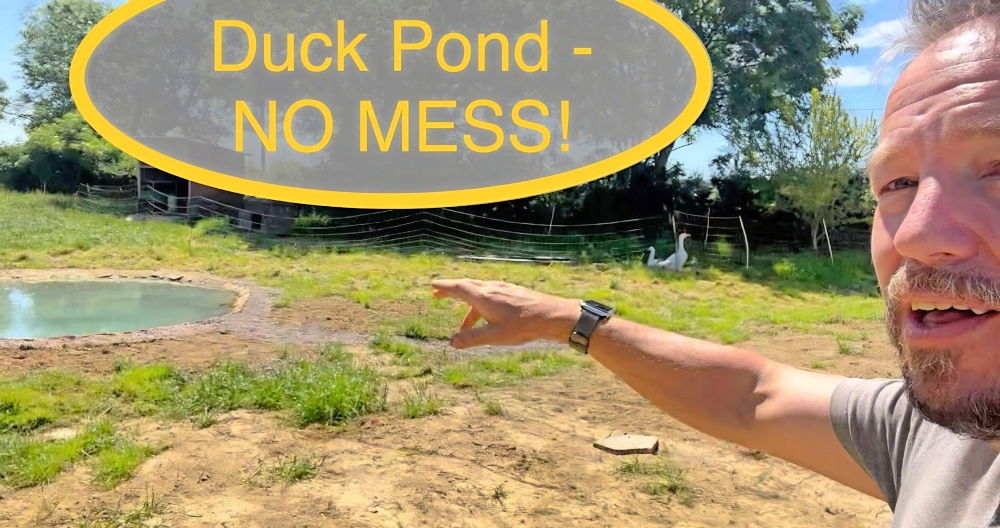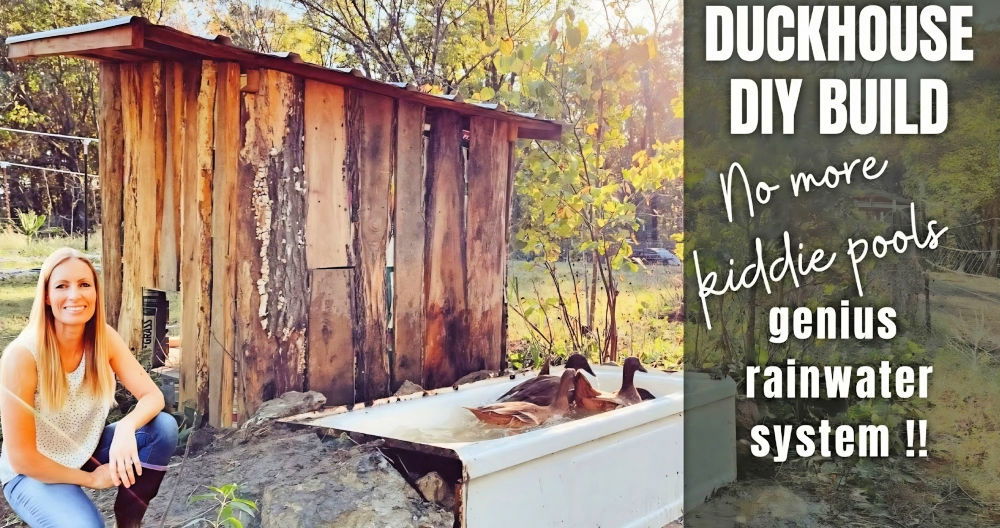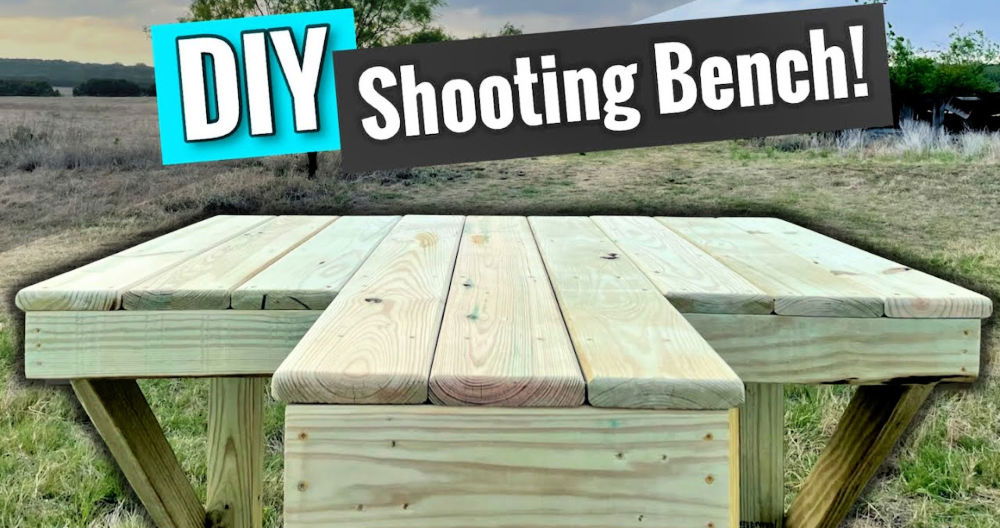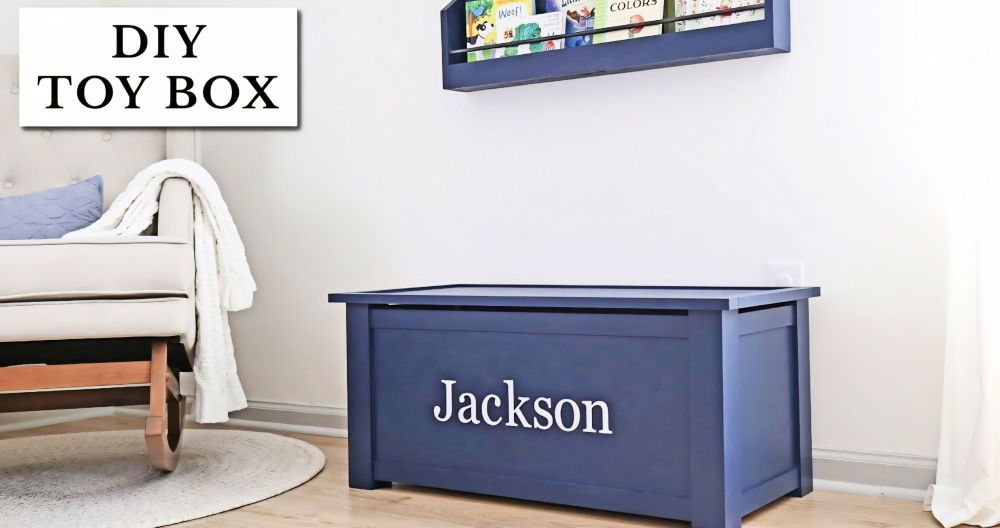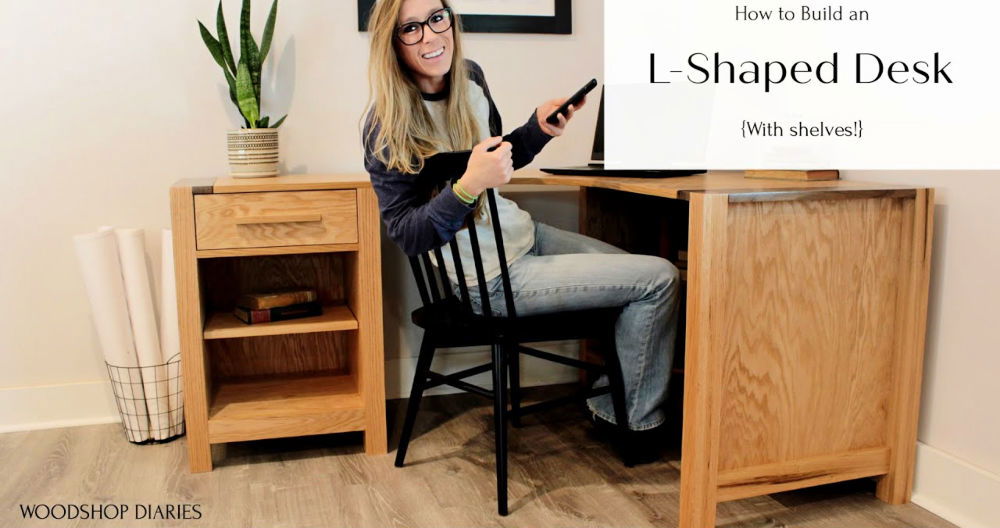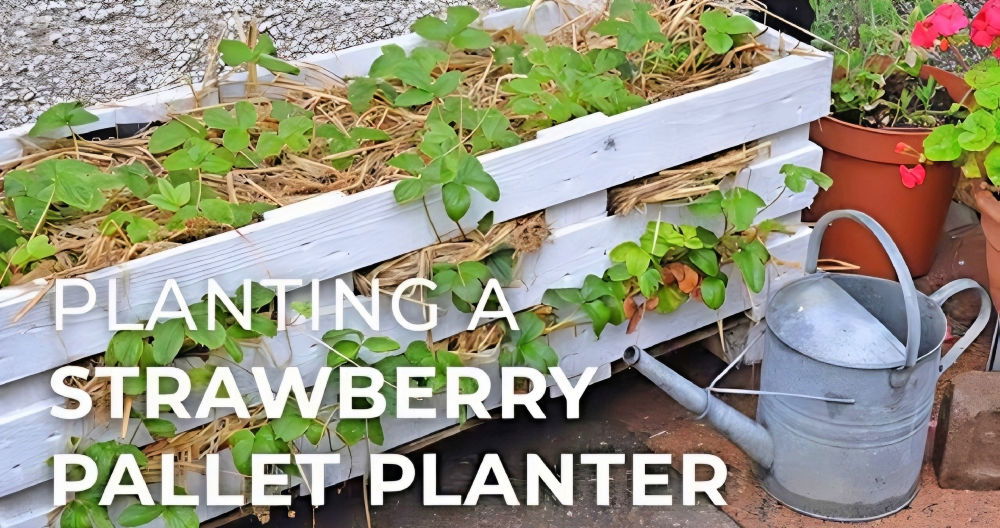Making your own DIY duck blind is an exciting project. I remember my first time trying it out. I gathered all the materials and followed free plans. It wasn't easy at first, but I learned a lot. Each step taught me something new about construction and nature. Now, I'm sharing my journey to help you build your own duck blind.
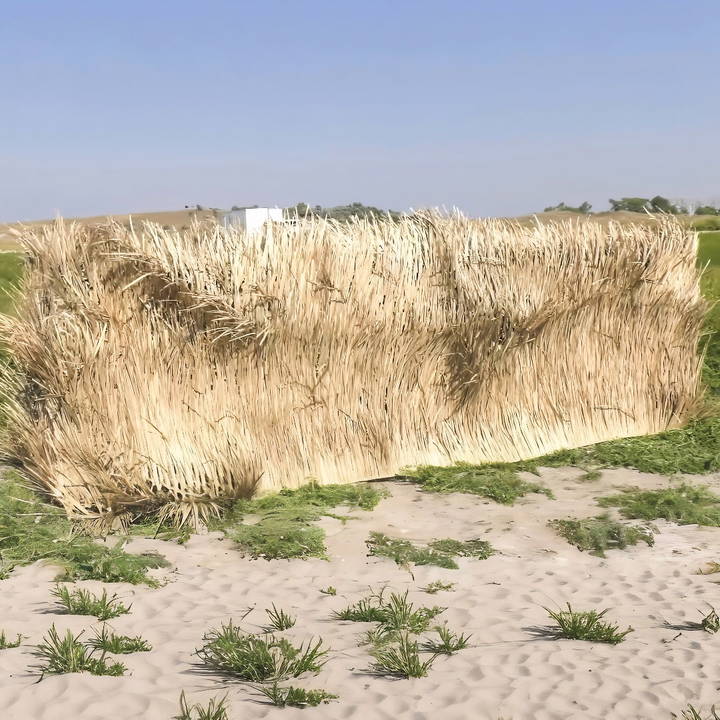
Building a duck blind requires patience and basic skills. I started with a simple plan, which guided me effectively. Using basic tools, I managed to construct a sturdy duck blind. The satisfaction of seeing it come together was unbeatable. These steps provided here will help you do the same. Trust me, you can do it too.
Choosing the Right Location
The first step in this adventure was selecting an ideal spot for the blind. Ducks often frequent specific areas in bodies of water, so positioning is critical. I chose a point that ducks used a lot for day loafing, considering the patterns and flight paths in the area. This strategic placement was crucial for the success of my hunts.
Gathering Materials
The beauty of this project lies in the simplicity and accessibility of the materials needed:
- Wooden Pallets: These served as the foundation. Businesses often give these away for free, making them a perfect, cost-effective choice.
- T-Posts (about 5 feet tall): To secure the structure in place.
- Snow Fence: This provided a sturdy frame to attach the covering.
- Wood Screws and Cable Ties: For assembling parts securely.
- Bamboo Thatch: Used for camouflaging the blind. It's affordable and effective.
The reason behind each material was straightforward: pallets for structure, T-posts for stability, snow fence and bamboo thatch for concealment, and screws and ties for assembly.
Step by Step Instructions
Learn how to build a homemade duck blind with step-by-step instructions, from laying the foundation to camouflaging with thatch and personal modifications.
Laying the Foundation
I started by positioning three pallets on the ground to elevate the floor, preventing chairs and equipment from sinking into the mud.
Securing the Frame
I drove the T-posts into the ground and slid the pallets over them to build a sturdy, elevated platform.
Adding the Fencing
The snow fencing was then attached to the pallets and T-posts, serving as a solid frame for the thatch. This required both stapling initially and securing with screws for added durability.
Camouflaging with Thatch
The bamboo thatch was then attached over the snow fencing with cable ties. I layered the thatch, making sure to overlap for maximum concealment.
Personal Modifications
While the original guide was immensely helpful, I found that adapting the blind to my specific environment and needs enhanced its effectiveness. For example, to further blend into the surroundings, I added local vegetation, such as bushy weeds and tumbleweeds, around the blind's exterior. This not only improved camouflage but also gave the blind a more natural look.
Customization Tips for Your Homemade Duck Blind
Building a homemade duck blind gives you the flexibility to tailor it to your specific needs and preferences. Here are some tips to help you customize your duck blind for maximum effectiveness and comfort:
- Choose the Right Materials: Select materials that blend well with the environment where you'll be hunting. Use natural vegetation from the area or opt for camouflaged fabrics that mimic the local flora.
- Comfort is Key: Consider adding a comfortable seat or bench, especially if you plan on spending several hours in the blind. Padding and back support can make a big difference.
- Accessibility Matters: Ensure that your blind is easy to enter and exit. A simple door or flap can provide quick access while keeping you concealed.
- Visibility and Shooting Ports: Design your blind with strategic openings that offer a wide field of view and unobstructed shooting lanes. These should be easy to open and close quietly.
- Storage Solutions: Build-in storage compartments for your gear, snacks, and other essentials. Keeping everything organized will help you stay focused on the hunt.
- Stability and Safety: Make sure your blind is stable and secure. Reinforce the structure to withstand weather conditions, and consider a non-slip floor if you're near water.
- Portability: If you need to move your blind frequently, design it to be lightweight and easily disassembled. This will save you time and effort in the field.
- Soundproofing: Dampen sound inside the blind by lining the walls with sound-absorbing materials. This will help you stay undetected by ducks flying overhead.
Personalize your duck blind with these tips to boost hunting success. Aim for a blind that's comfortable, functional, and blends seamlessly.
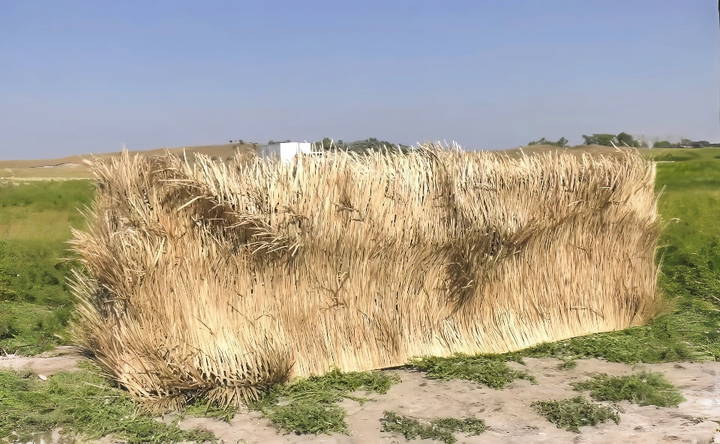
Safety Considerations for Building a Homemade Duck Blind
When constructing a homemade duck blind, safety is paramount. Here's how to ensure your duck blind is safe for everyone:
- Sturdy Construction: Build your blind with strong materials that can withstand weather and use. Make sure all parts are securely fastened.
- Fire Safety: If you plan to use heaters, choose battery-operated ones to reduce fire risk. Keep flammable materials away from heat sources.
- Weapon Safety: Designate specific areas for firearms, ensuring they are pointed away from people at all times. Always follow gun safety rules.
- Safe Entry and Exit: Your blind should have a clear, unobstructed entrance and exit. This is crucial in case of an emergency.
- Weather Awareness: Be aware of the weather forecast. In case of severe weather, have a plan to quickly dismantle or leave the blind safely.
- First Aid: Keep a first-aid kit in your blind. It should include bandages, antiseptic, and any personal medications.
- Emergency Plan: Have a plan for emergencies. Make sure everyone knows what to do and where to meet if they get separated.
- Check Local Regulations: Ensure your blind meets all local safety regulations and guidelines. This may include restrictions on size or materials.
- Respect the Water: If your blind is near water, wear a life jacket and be cautious of changing water levels or currents.
By following these safety considerations, you can enjoy your hunting experience with peace of mind, knowing that you and your companions are well-protected.
FAQs About Homemade Duck Blind
Discover answers to common FAQs about homemade duck blinds, including materials, designs, and tips for effective hunting setups.
A duck blind is a structure used by hunters to conceal themselves from ducks and other waterfowl while hunting. It's essential for staying hidden and increasing your chances of a successful hunt. Think of it as a hideout that blends into the environment, making you invisible to the birds.
You can build an effective duck blind using simple materials like a heavy-gauge wire grid cattle panel, some natural-looking cover like Avery RealGrass Mats, and steel T-posts to support the structure. Secure the panels with zip ties and bungee cords to form an A-frame shape that you can easily hide behind.
Select a spot where ducks naturally congregate, like near water sources or along migratory routes. Ensure the blind faces into the wind, as ducks tend to land against the wind. This positioning gives you the best chance for a head-on shot.
Absolutely! Consider adding a small chair or a 5-gallon bucket to sit on. You can also customize the blind with windows or additional cover to suit your needs. Remember, the more comfortable you are, the longer you can stay out and the better your chances of success.
Use natural materials like grass, reeds, or branches to camouflage your blind. The goal is to mimic the surrounding environment. Additionally, using materials like the Avery RealGrass Mats provides a base layer of cover that blends in seamlessly with many habitats.
Final Thoughts
This DIY duck blind guide will guide you through every step. With these duck blind plans, you'll build an excellent place to hunt. Get started and enjoy the process!


